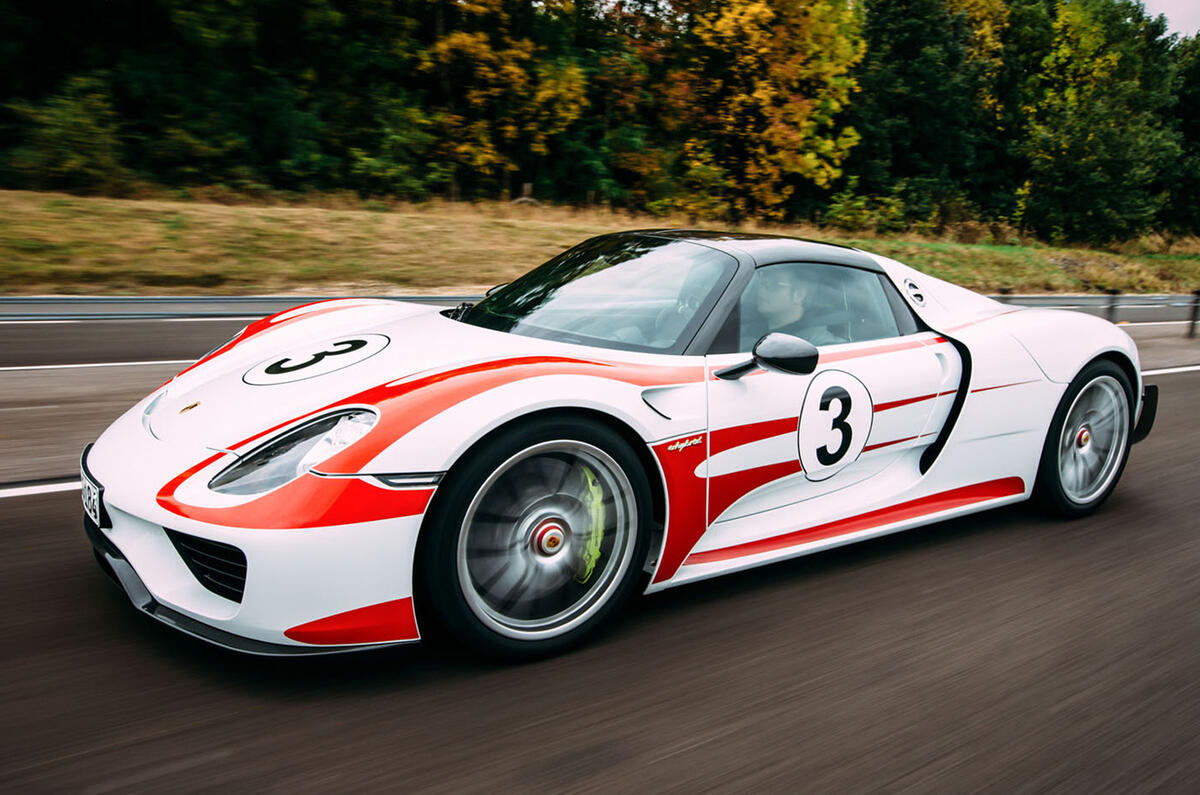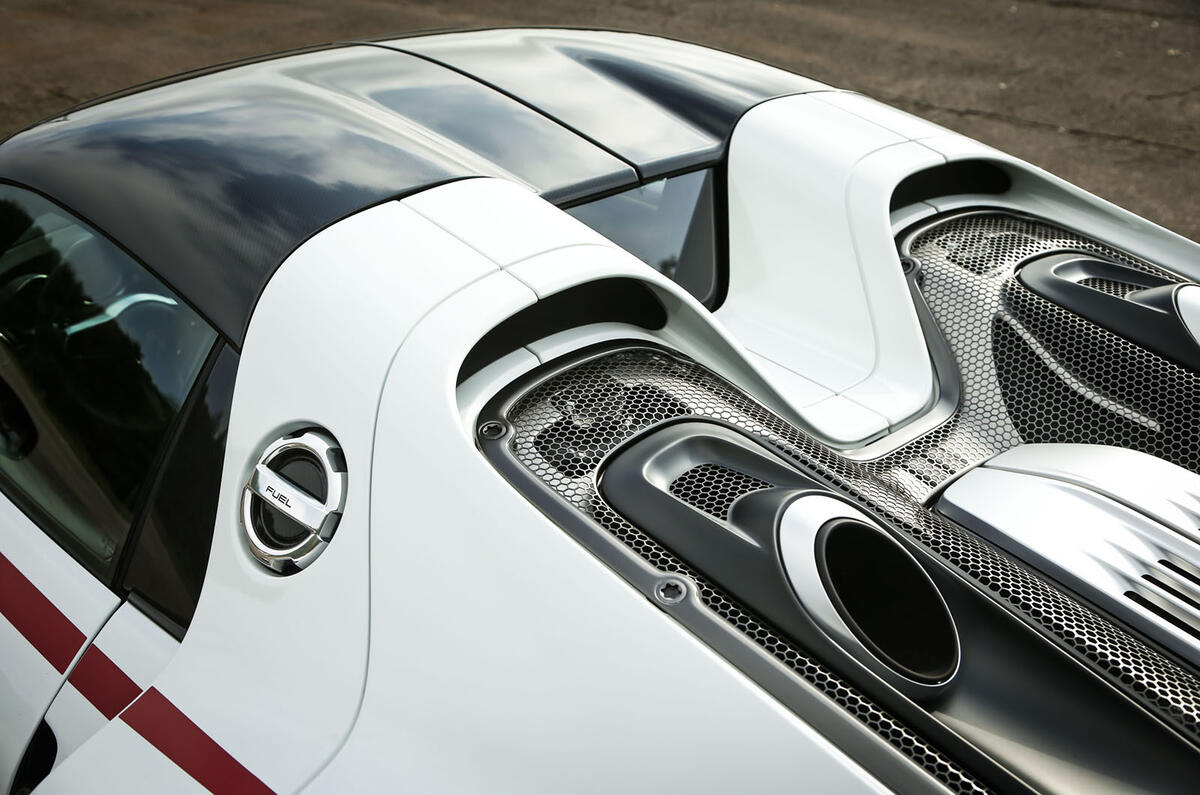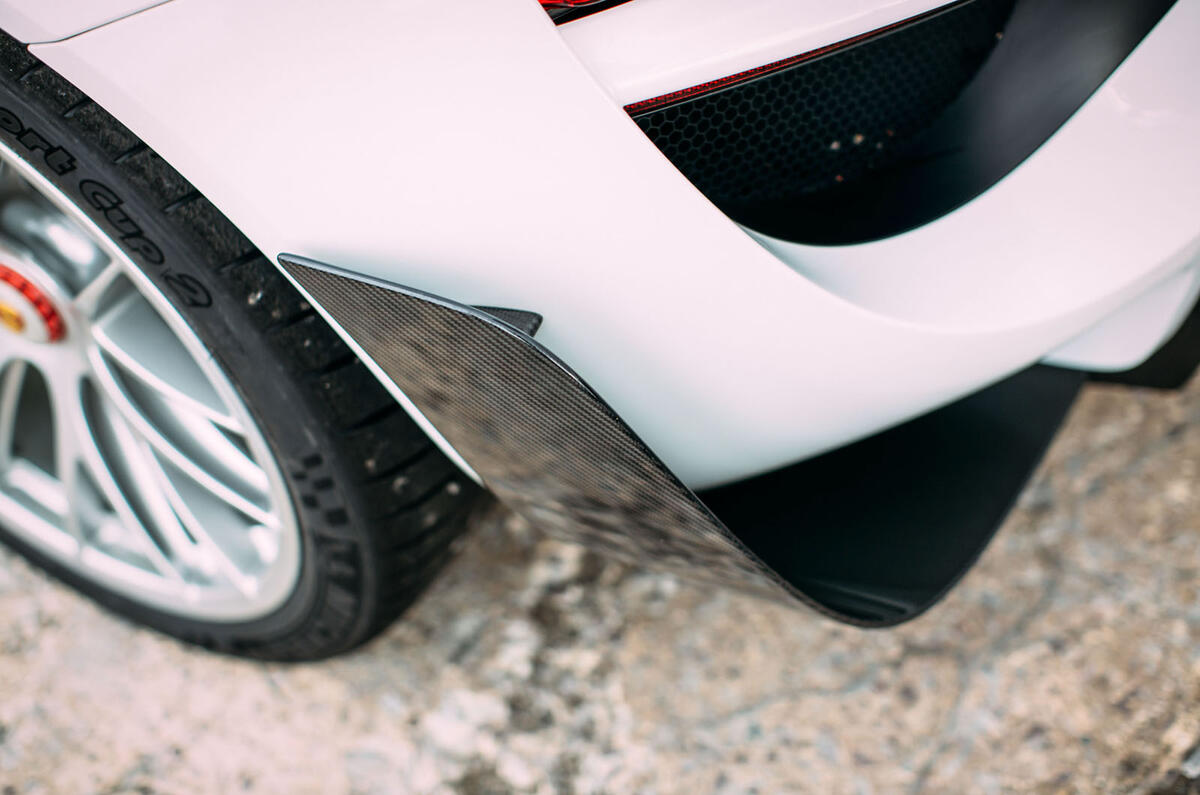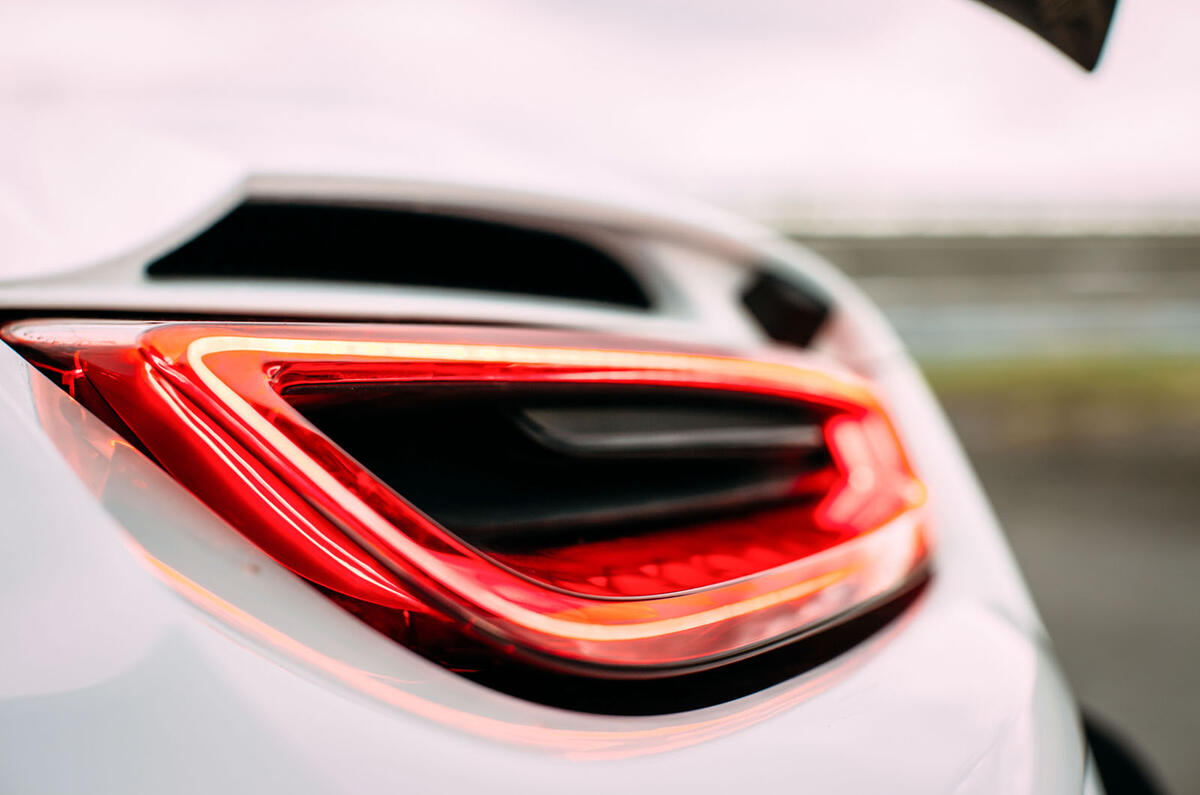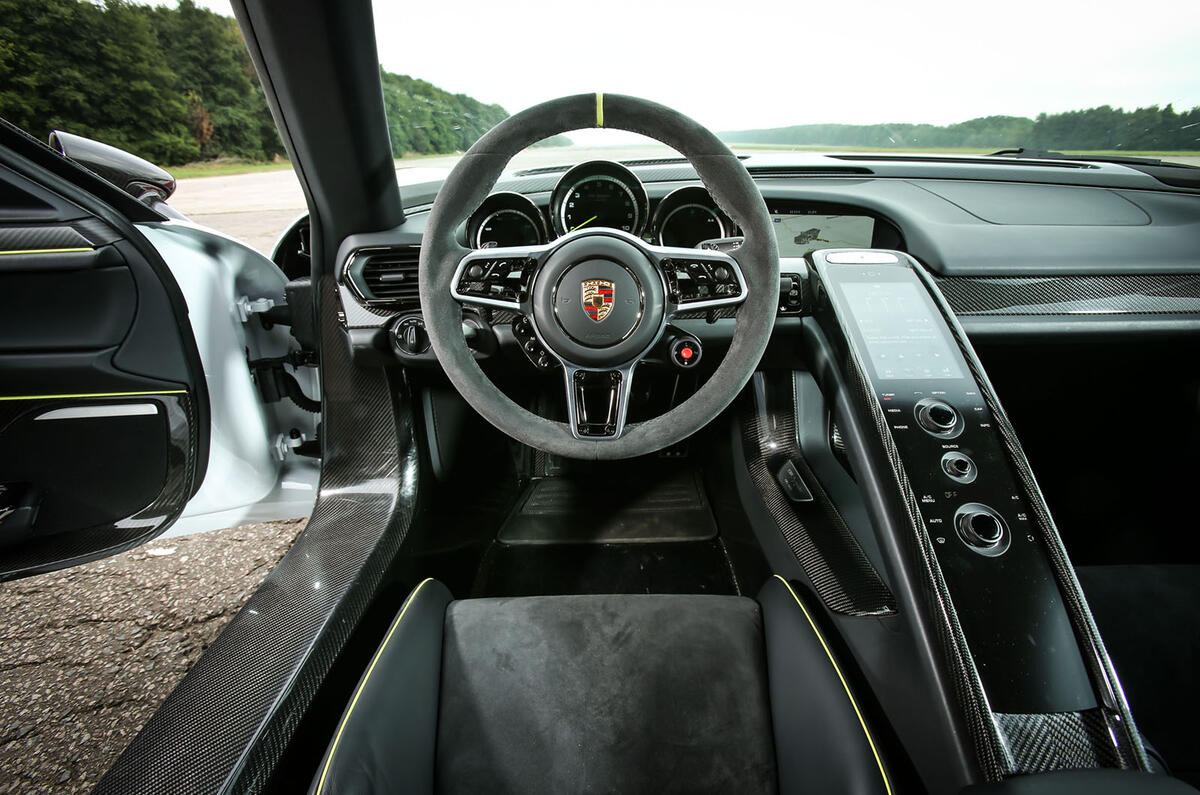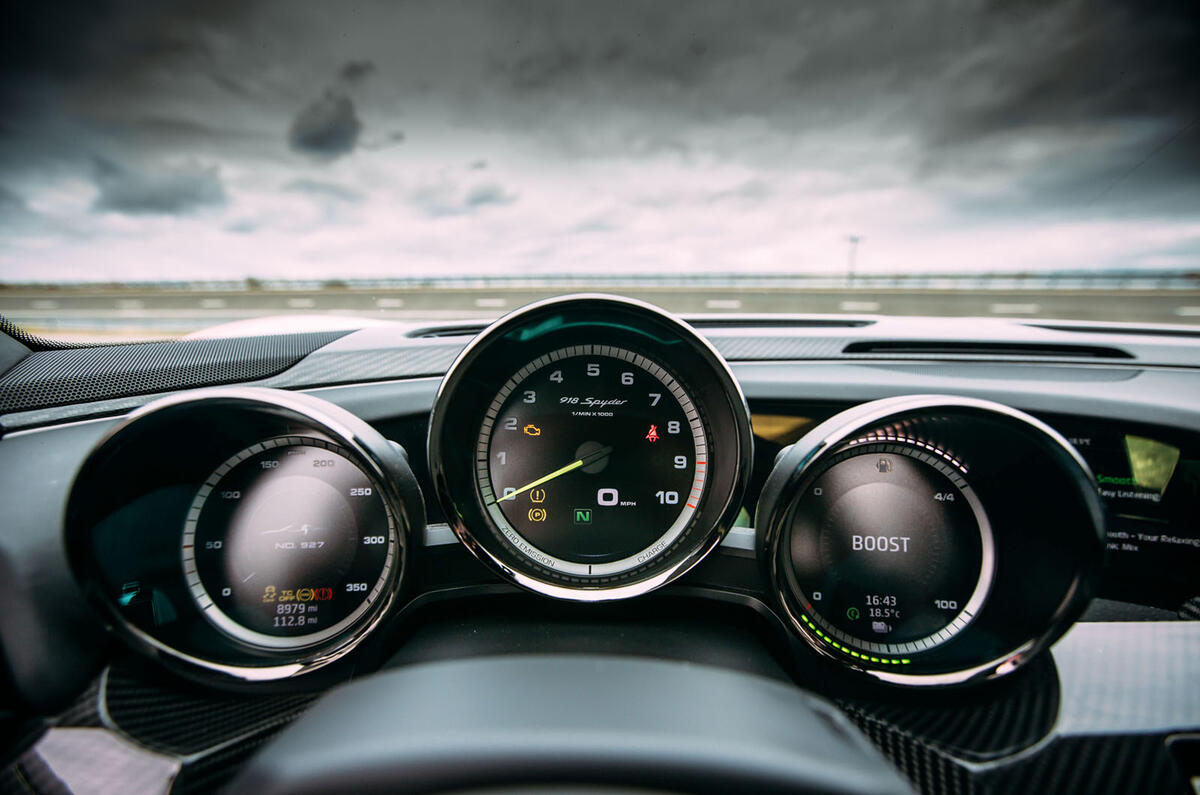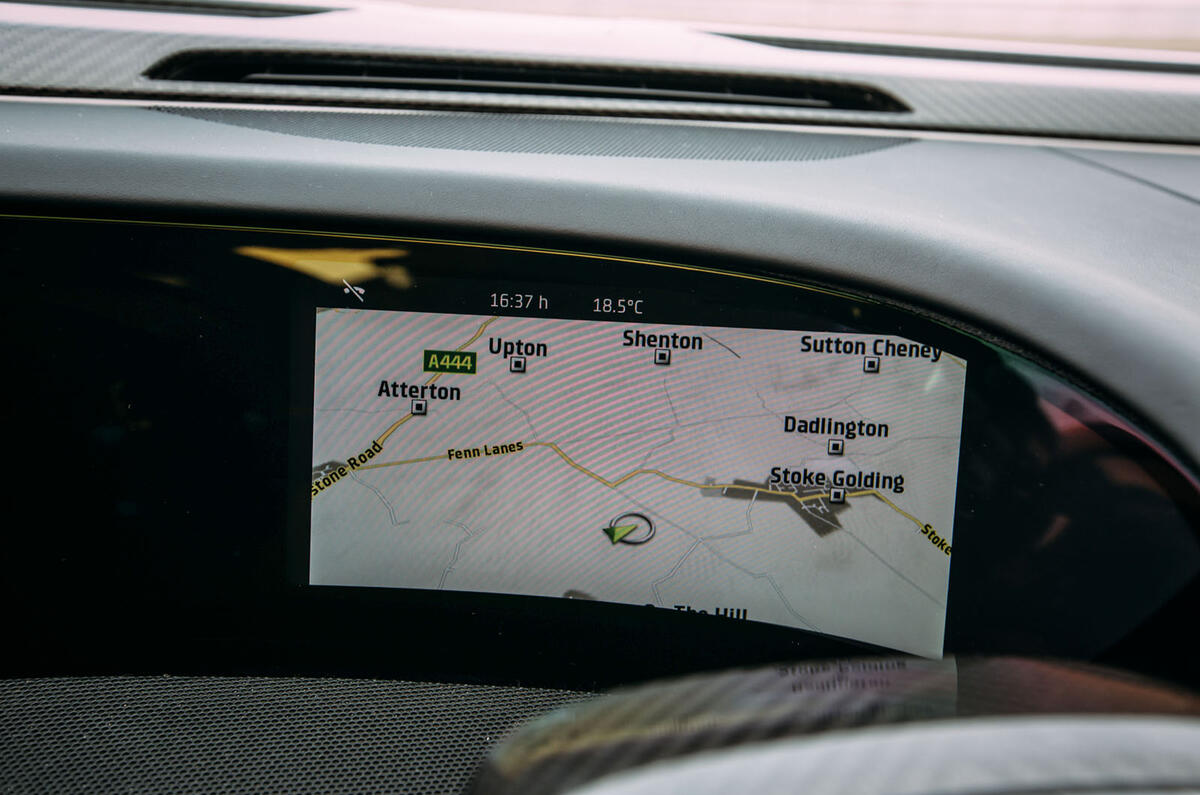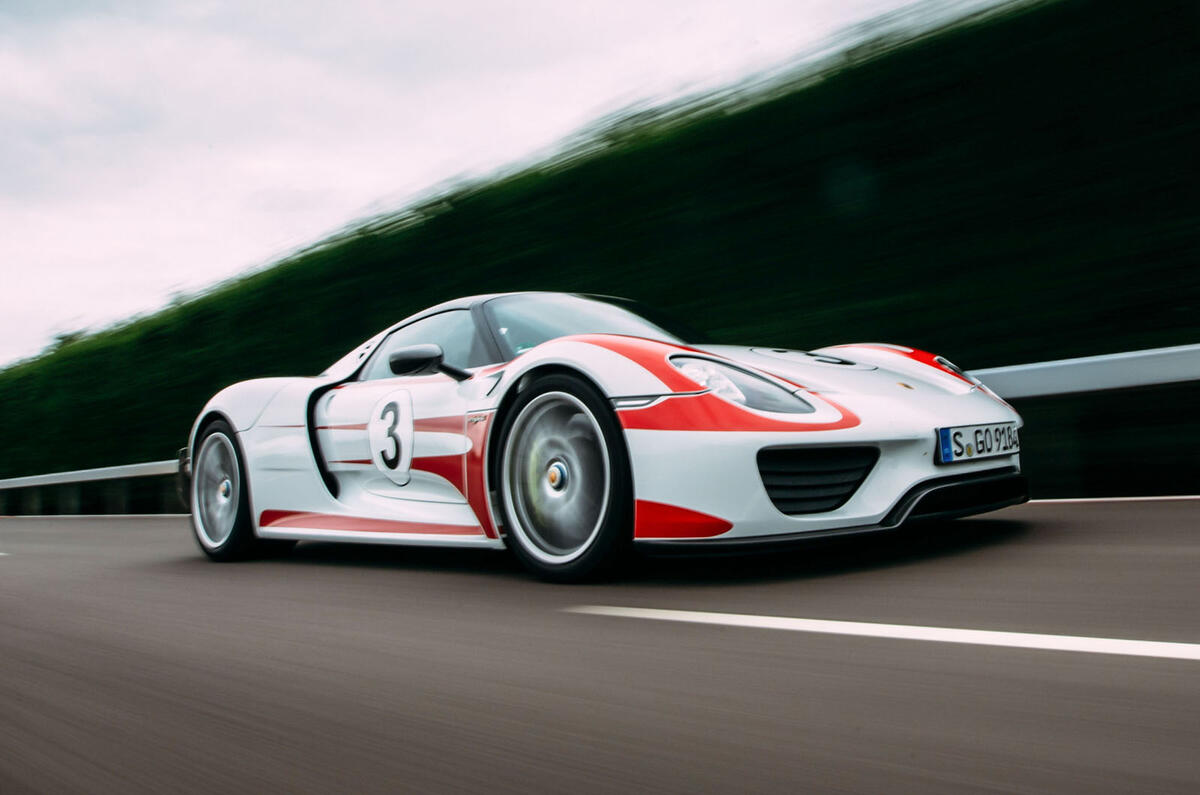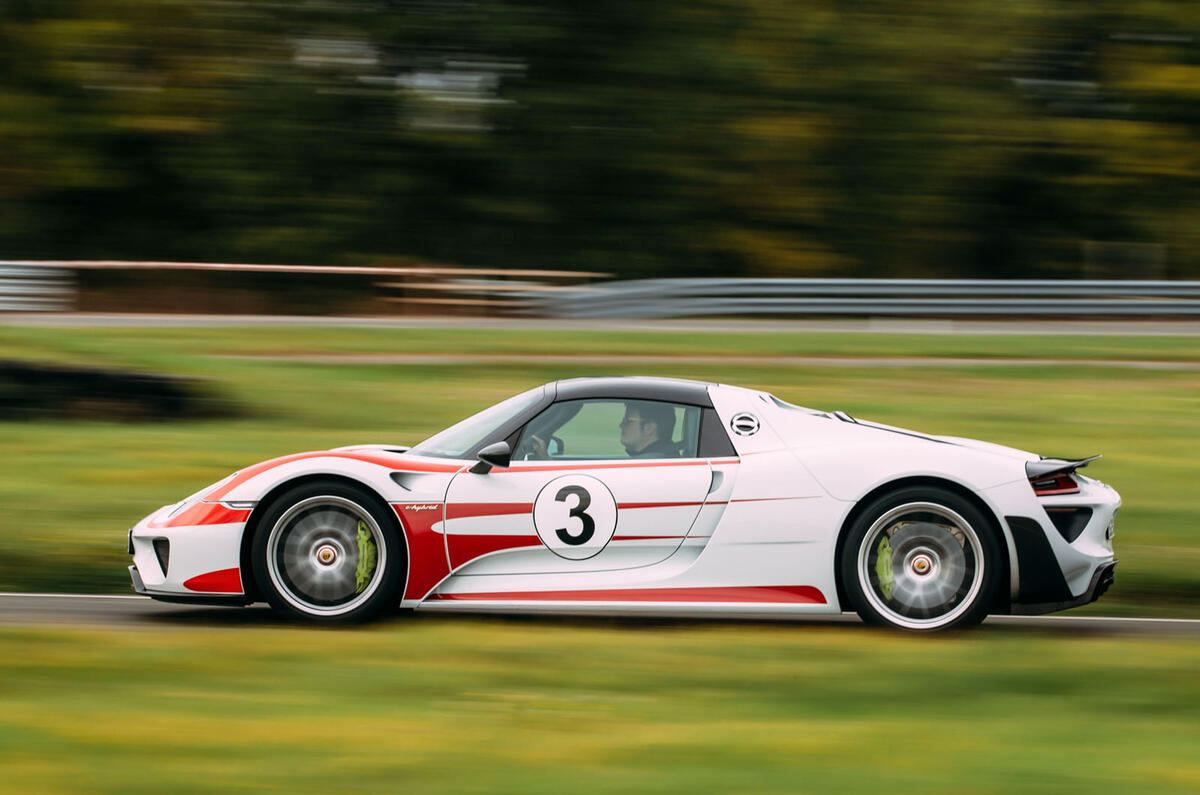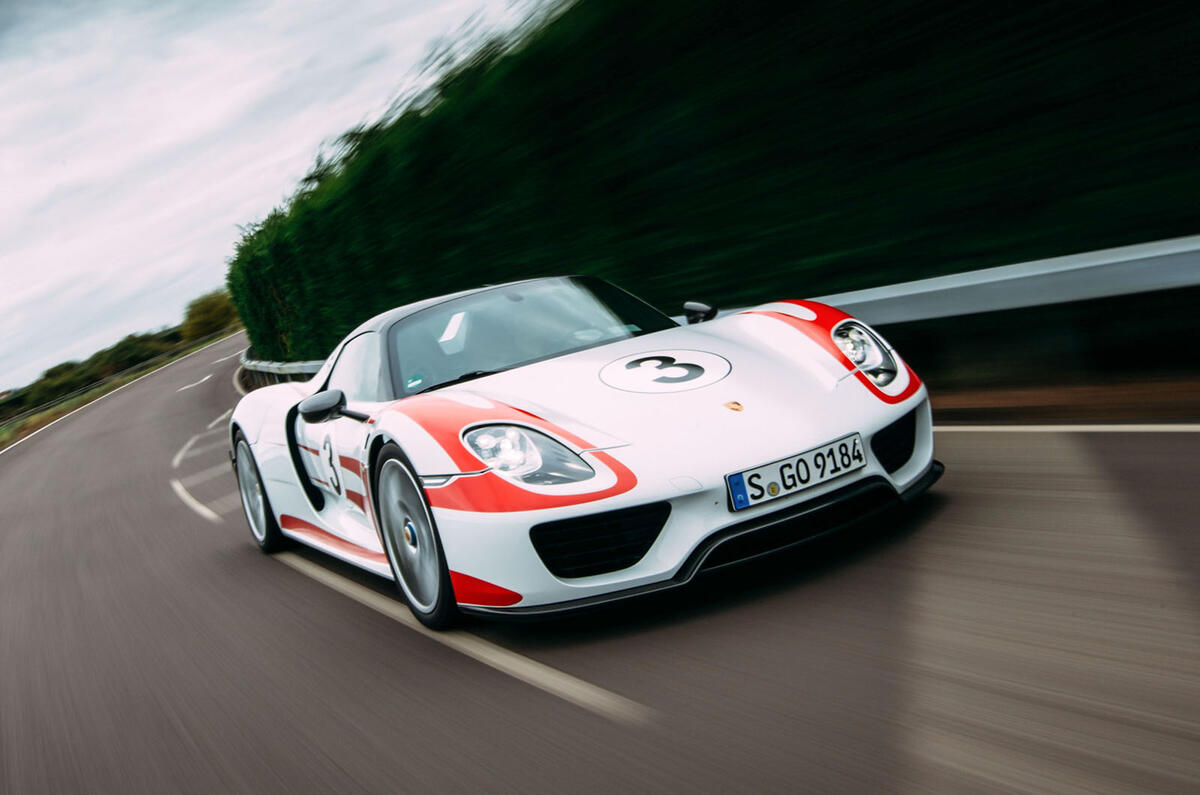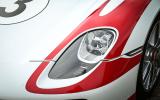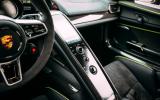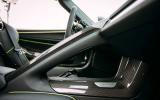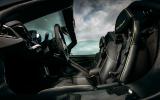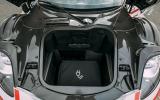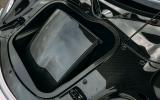The art of understatement is evidently not lost on the good people of Porsche. Quietly under-promising and then spectacularly over-delivering is a surefire way to produce very satisfied customers. Always has been; always will be.
It has worked a charm for Stuttgart’s sports car specialist for decades and continues to with the (whisper it) incredible 918 Spyder.
The word ‘hypercar’ doesn’t appear anywhere in the press kit for this car – not on Porsche’s website or in any of its promotional material.
Here is a car with hybrid-carbonfibre construction, a combustion engine and suspension set-up donated by a prototype racing car, and a petrol-electric ‘plug-in’ powertrain the likes of which the world has never seen.
Its ancestors are some of the greatest production and motorsport cars in history. From a conceptual point of view, the car is a descendent of the Carrera GT, the mid-engined supercar launched a decade ago. Before that, there was the street-legal version of the 911 GT1 built in tiny numbers during the 1990s.
Porsche’s use of plug-in tech in cars is much more recent. Only the Panamera E-Hybrid precedes the 918 in series production, although Porsche has spent the past few years dabbling in Williams-developed KERS systems for racing cars.
And yet, despite all of the above, we are to believe that this isn’t a rival for LaFerrari and McLaren’s P1?


